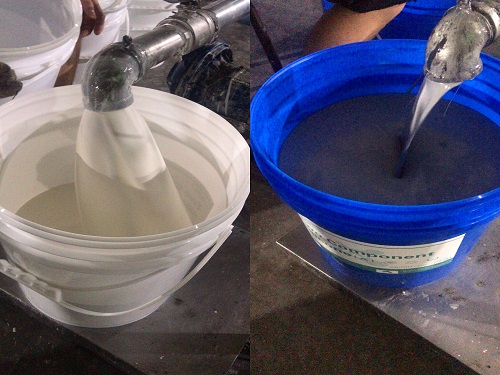The resonant potting compound is a kind of single and double-component, thermosetting resin adhesive with excellent thermal conductivity and strength.
There are two types of two-component high-temperature encapsulant:
1. Condensation and curing: usually a weight ratio of 10:1, the principle is moisture absorption and curing.
Main advantages: good electric field and relatively soft.
Disadvantages: slow curing time, and inherently poor, curing after 24 hours, such as 72 hours after testing electrical performance.
2. Addition molding curing: usually a weight ratio of 1:1, the principle is that the catalyst is cured, which has a great relationship with the temperature. The temperature increase performance is not so bad, but it is basically activated.
The single-component high-temperature encapsulant indicates that the curing agent has been added and is in a sealed package. It is vulcanized and the packaging must be well protected from air.
The purpose that can be achieved after the single-component resonance potting glue is fixed: water moisture, dust, insulation, heat conduction, corrosion resistance, temperature resistance, shock resistance, insulation backlight board and heat dissipation material.
In general, the single-component resonance potting compound is suitable for potting in a small area, and the thickness should not exceed 6mm. The two-component resonance potting compound can be potted in a large area, and the thickness of the potting is not very limited.
If you want to learn more, please contact Tensan for more information by email: sales@sztensan.com Or you can visit our web at: www.chinatensan.com, www.sztensan.com

